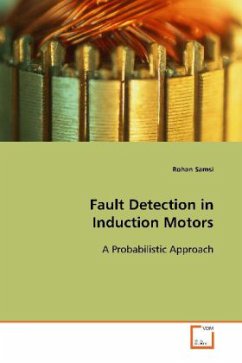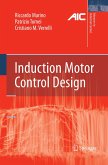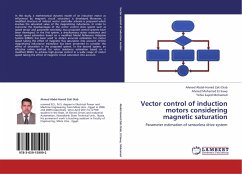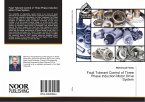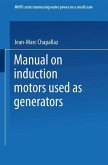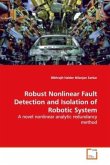Online monitoring of induction motor health is of
increasing
interest, as the industrial processes that depend on
these motors
become more complex and as the performance to cost
ratio of
monitoring technology (e.g. sensors,
microprocessors) continues to
increase. Much effort has been directed towards
developing methods that use conventional signal
processing and pattern classification techniques.
This text addresses the main issues of detecting
electrical and mechanical faults using the
information provided by current and vibration
sensors, within a probabilistic framework. The
faults studied in this work are both electrical and
mechanical. The framework developed provides a
common solution methodology for the detection of all
these different faults. The methodology utilizes a
combination of machine modeling concepts, along with
wavelet, and symbolic dynamic analysis to ensure
early detection. Additionally a sensor fusion
technique is also developed to merge information
from the current and vibration sensors.
increasing
interest, as the industrial processes that depend on
these motors
become more complex and as the performance to cost
ratio of
monitoring technology (e.g. sensors,
microprocessors) continues to
increase. Much effort has been directed towards
developing methods that use conventional signal
processing and pattern classification techniques.
This text addresses the main issues of detecting
electrical and mechanical faults using the
information provided by current and vibration
sensors, within a probabilistic framework. The
faults studied in this work are both electrical and
mechanical. The framework developed provides a
common solution methodology for the detection of all
these different faults. The methodology utilizes a
combination of machine modeling concepts, along with
wavelet, and symbolic dynamic analysis to ensure
early detection. Additionally a sensor fusion
technique is also developed to merge information
from the current and vibration sensors.

